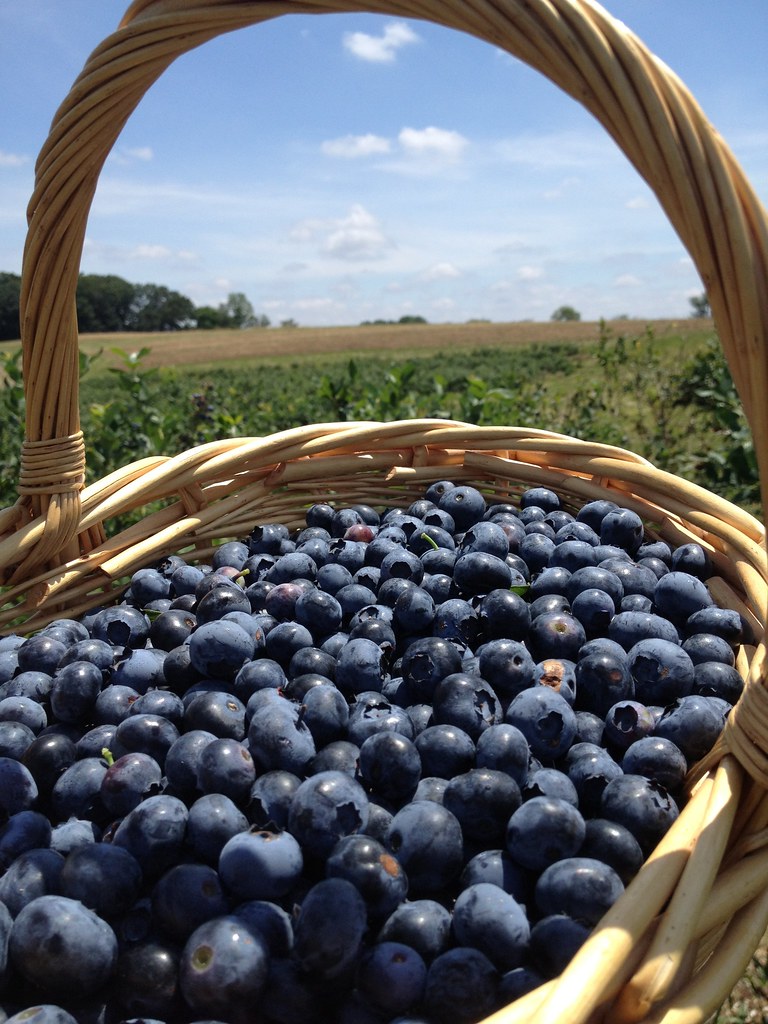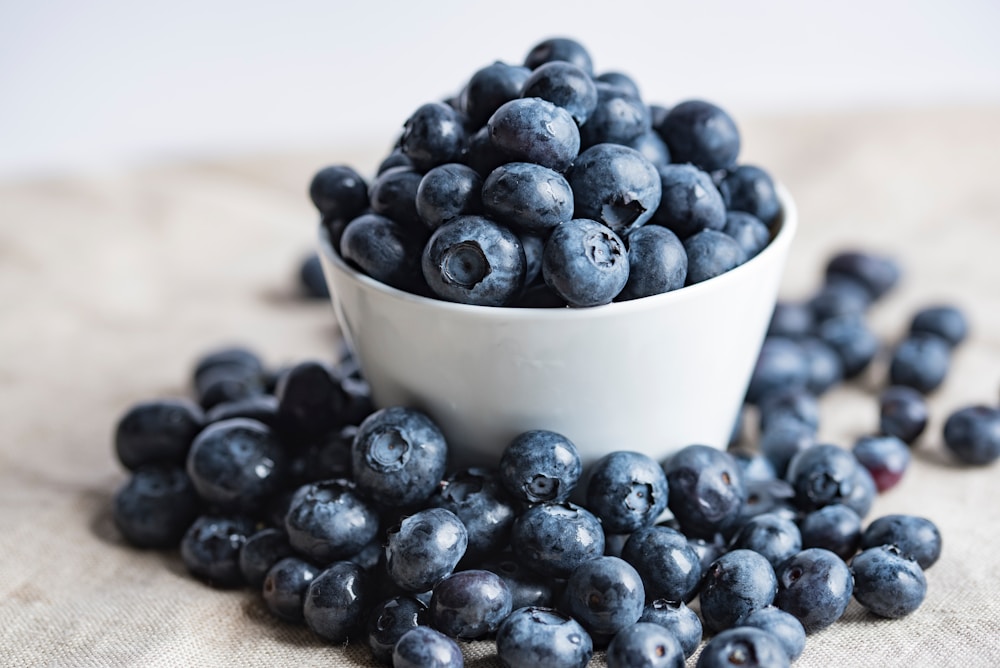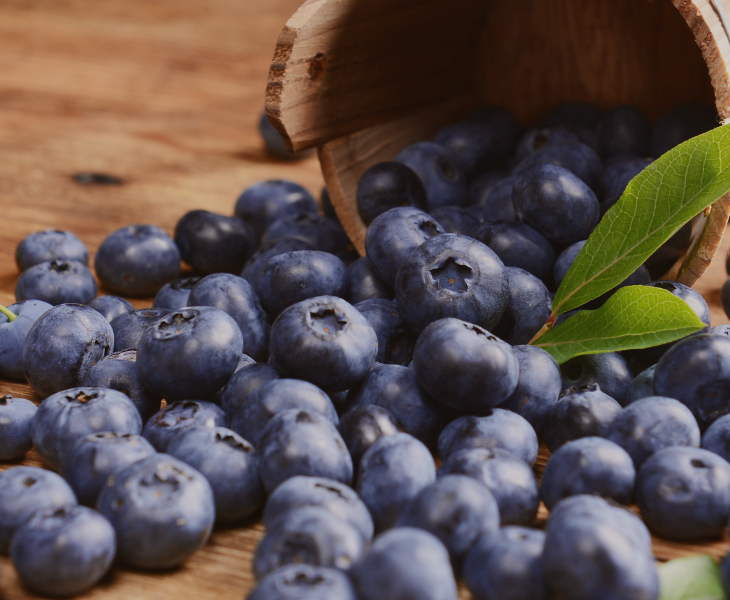
Did You Know?
Blueberries are one of the most antioxidant-rich fruits in the world! But if you want the juiciest and most flavorful berries, knowing the right season to pick them is key. So, when is blueberry season? Let’s dive into the best times to enjoy fresh blueberries and how you can make the most of their availability.
When Is Blueberry Season?
Understanding Blueberry Harvest Times
Blueberry season varies depending on the region, climate, and blueberry variety. However, the peak harvest time generally falls between April and September in the Northern Hemisphere. In warmer climates, blueberries are available earlier, while in colder regions, the season starts later.
Blueberry Season by Region
United States
- Southern States (Florida, Georgia, California, Texas) – April to June
- Midwestern & Northeastern States (Michigan, New Jersey, Maine) – June to August
- Pacific Northwest (Oregon, Washington) – July to September
Canada
- British Columbia & Nova Scotia – July to September
Europe
- Southern Europe (Spain, Italy, Portugal) – April to June
- Northern Europe (UK, Germany, Poland) – June to August
Australia & New Zealand
- November to March (Since it’s in the Southern Hemisphere, the season is reversed.)
Factors Affecting Blueberry Harvest
Climate & Weather
A warm spring leads to an earlier harvest, while a colder winter delays it. Blueberries need consistent moisture and sunshine to develop their sweet flavor. Unpredictable weather, such as late frosts or drought, can significantly impact the yield and quality of blueberries. Farmers often use irrigation systems and frost protection methods to ensure a steady supply of blueberries despite fluctuating conditions.

Blueberry Varieties & Their Seasons
Different types of blueberries ripen at different times:
1. Highbush Blueberries
Most common in supermarkets, peak season is June to August. These are the large, plump blueberries often found in grocery stores.
2. Lowbush Blueberries
These wild blueberries ripen in July and August. They are smaller but pack a more intense flavor and higher antioxidant content.
3. Rabbiteye Blueberries
Found in the South, these are available May to July. They are more heat-tolerant and thrive in warmer climates.
4. Half-High Blueberries
A hybrid type that thrives in cold climates, usually ready in July and August. These berries combine the hardiness of lowbush blueberries with the larger size of highbush varieties.
How to Pick the Best Blueberries
Signs of Ripe Blueberries
- Deep blue color with a slight silvery sheen
- Plump and firm texture
- Easily detach from the bush when picked

Where to Pick Fresh Blueberries?
Many farms offer U-pick blueberry experiences where you can harvest fresh berries straight from the bush. Picking your own blueberries is not only a fun activity for families but also ensures you get the freshest and most flavorful fruit. Check out sites like PickYourOwn.org to find local farms near you.
How to Pick Blueberries Without Damaging Them
When picking blueberries, gently roll them between your fingers rather than pulling hard. This prevents damage to the plant and ensures the berries stay intact. Always pick only the ripe, fully blue berries, as unripe ones won’t continue ripening after being picked.
How to Store Blueberries for Freshness
Short-Term Storage
- Keep in a breathable container in the fridge
- Do not wash until ready to eat to prevent mold
- Stays fresh for 7-10 days
Long-Term Storage
- Freeze in a single layer before transferring to a sealed bag
- Can last up to 12 months in the freezer
- Drying blueberries is another option for long-term storage. Dehydrated blueberries make a great snack or ingredient for granola and baked goods.
Health Benefits of Blueberries

Why Should You Eat Blueberries?
- Rich in antioxidants that fight inflammation and protect against chronic diseases
- Supports brain health and memory, reducing cognitive decline
- Great for heart health by lowering blood pressure and cholesterol levels
- A natural immune booster, helping to fight infections
- Contains fiber, which aids digestion and promotes gut health
Check out this Harvard study on the health benefits of blueberries.
How to Incorporate More Blueberries into Your Diet
- Add to smoothies for a nutrient-packed breakfast
- Toss into salads for a burst of sweetness
- Mix into yogurt or oatmeal for added antioxidants
- Use in baked goods like muffins, pancakes, and pies
- Make homemade blueberry jam or sauces
Frequently Asked Questions
Can You Buy Blueberries Year-Round?
Yes! While fresh blueberries are best in season, you can find frozen blueberries year-round, which retain most of their nutrients. Many grocery stores also offer dried or freeze-dried blueberries, which make great snack options.
Do Blueberries Ripen After Picking?
No, blueberries do not continue ripening once picked, so always choose fully ripe berries. If they are still reddish, they will not develop the full sweetness of ripe blueberries.
What’s the Best Way to Eat Blueberries?
Enjoy them fresh, in smoothies, oatmeal, yogurt, or baked into muffins and pancakes! You can also incorporate them into savory dishes, such as blueberry sauces for grilled meats or in a fresh fruit salsa.
Final Thoughts
Knowing when is blueberry season ensures you get the freshest, most flavorful berries. Whether you’re picking them yourself or buying from a store, make sure to enjoy their peak season for the best taste and nutrition. Love blueberries? Share your favorite blueberry recipes in the comments below!
Looking for delicious and healthy recipes? Check out our Diabetic-Friendly Recipe Collections!
➡️ 35 Diabetic-Friendly Recipes Vol. 1
➡️ 35 More Diabetic-Friendly Recipes Vol. 2
Disclaimer:
This content is for informational purposes only and should not be considered medical advice. Always consult with a healthcare professional before making dietary changes, especially if you have specific health conditions.








